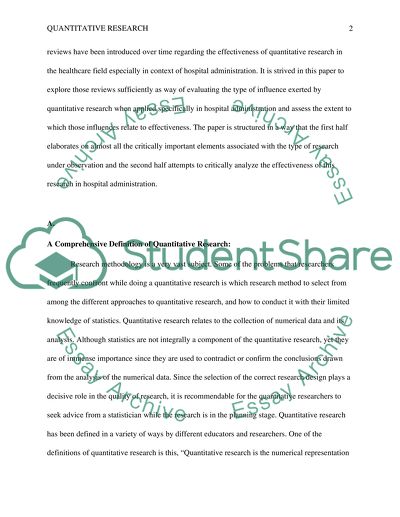Cite this document
(“Quantitative Research Paper Example | Topics and Well Written Essays - 5000 words”, n.d.)
Retrieved from https://studentshare.org/health-sciences-medicine/1402276-quantitative-research
Retrieved from https://studentshare.org/health-sciences-medicine/1402276-quantitative-research
(Quantitative Research Paper Example | Topics and Well Written Essays - 5000 Words)
https://studentshare.org/health-sciences-medicine/1402276-quantitative-research.
https://studentshare.org/health-sciences-medicine/1402276-quantitative-research.
“Quantitative Research Paper Example | Topics and Well Written Essays - 5000 Words”, n.d. https://studentshare.org/health-sciences-medicine/1402276-quantitative-research.


